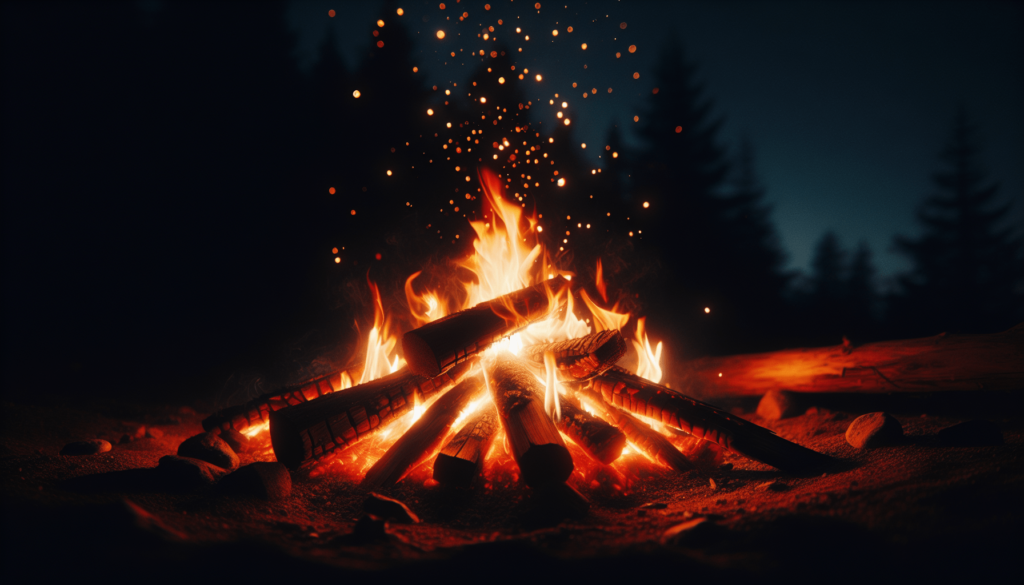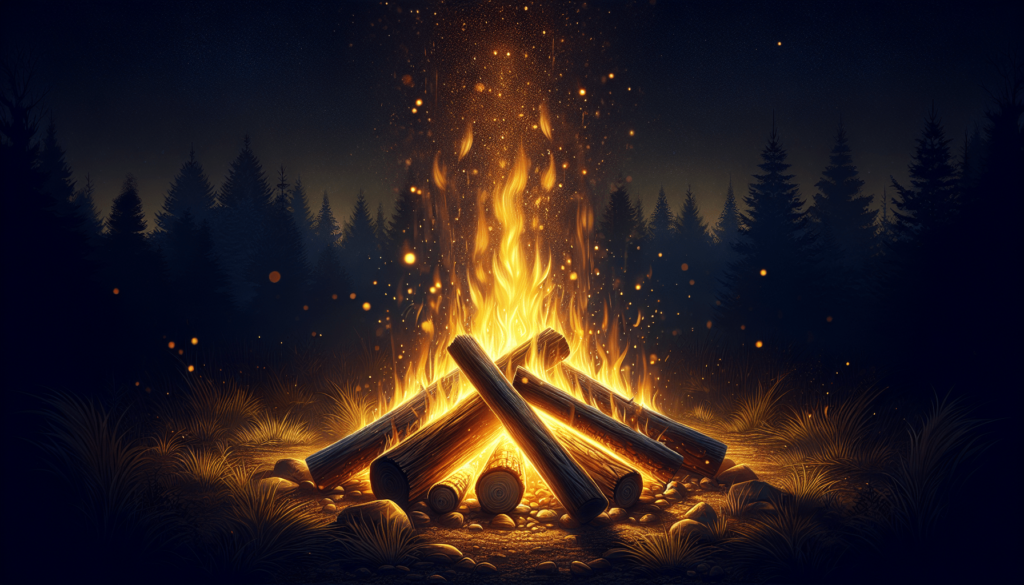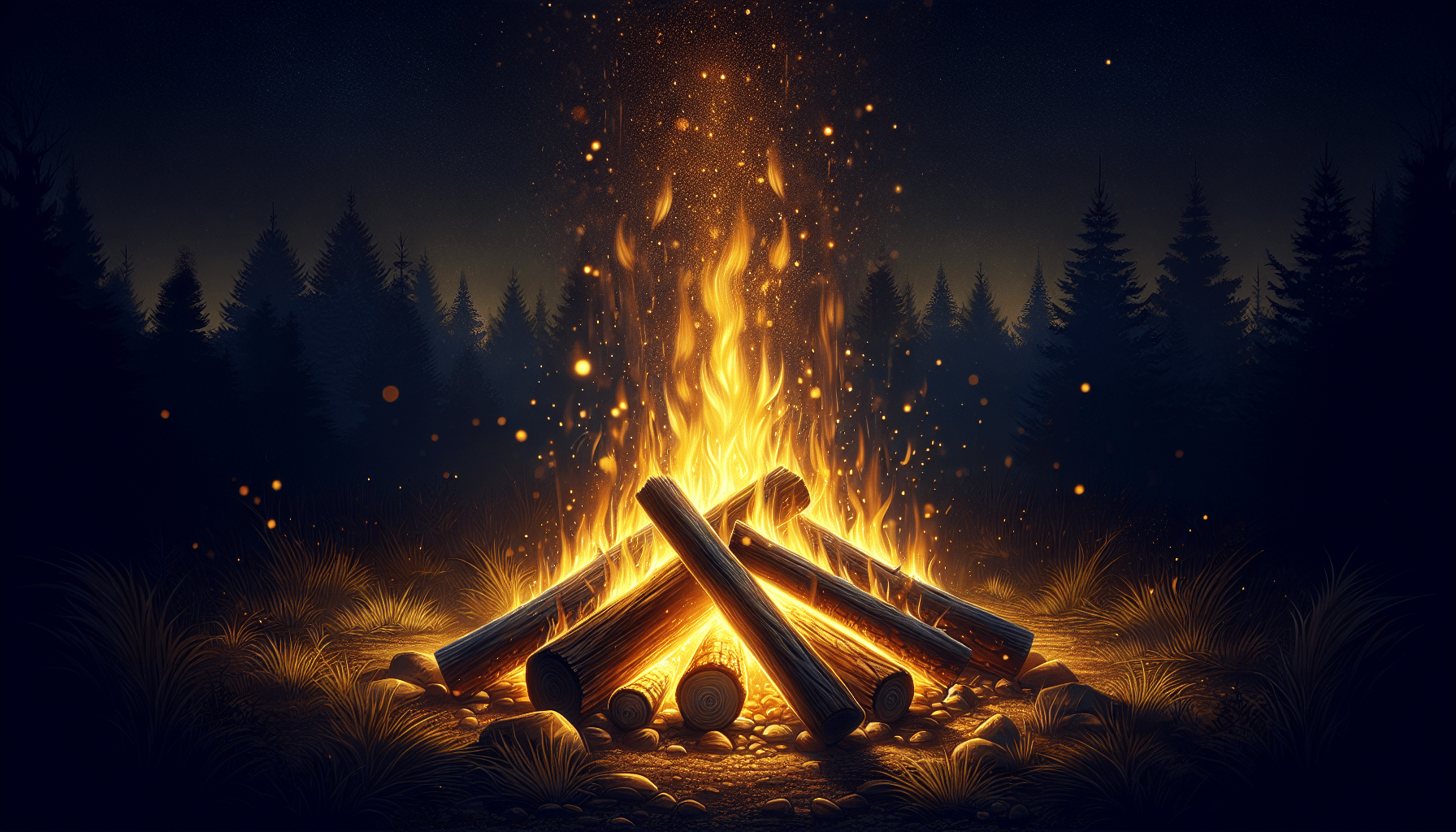I always found something utterly mesmerizing about the crackle and warmth of burning wood. When sitting by a campfire or enjoying the comfort of a roaring fireplace, I wondered, what is this process technically called? It turns out, there’s a specific term for it—pyrolysis. Pyrolysis is the chemical decomposition of wood when exposed to high temperatures, breaking down its complex structure into simpler organic compounds. This process is essential to understanding how wood transforms into those glowing embers that keep us warm and cozy. What Is The Name For Burning Wood?
Have you ever found yourself mesmerized by the sight of wood crackling and popping in a fire, only to then wonder, “what is the name for burning wood?” You’re not alone. It’s one of those simple yet profound questions that many of us encounter but often don’t dive into. Well, buckle up, because we’re about to go on a journey that will shed light on this fascinating topic.
The Science Behind Burning Wood
Before we dive into the actual name, let’s talk about what’s happening when wood burns. Burning wood isn’t just a spectacular light show; it’s a complex chemical process. Understanding this can help us appreciate the special terms associated with it.
Combustion: The Basics
Combustion is the scientific term for burning. When wood burns, it undergoes a series of chemical reactions involving oxygen from the air. These reactions produce heat, light, carbon dioxide, and water vapor. The process is actually quite intricate, involving multiple stages known as pyrolysis, ignition, and combustion.
| Stage | Description |
|---|---|
| Pyrolysis | Wood decomposes into gases, tar, and char due to heat |
| Ignition | The gases and tar ignite, producing flames |
| Combustion | Remaining char and gases combust, maintaining the fire |
Chemical Reactions
Let’s get a bit more into the weeds—well, wood chips, in this case. When wood burns, it’s primarily made up of cellulose, hemicellulose, and lignin. These compounds break down when exposed to heat. Here’s a rough idea of the chemical equation:
[ \text_x \text_y \text_z + O_2 \rightarrow CO_2 + H_2O + \text ]
So, you’re not just watching wood burn; you’re witnessing a finely tuned dance of molecules and atoms.
What Do We Call It?
So, back to our original question: what do we actually call burning wood?
Pyrolysis
One of the terms that’s commonly thrown around is “pyrolysis.” Sounds fancy, right? Pyrolysis is the thermal decomposition of materials at elevated temperatures in an inert atmosphere. In simple terms, it’s what happens at the beginning of the burning process when the wood heats up and starts breaking down into simpler compounds.
Incineration
Another term people often use is “incineration.” This one has a bit of a negative connotation because it’s typically used to describe burning waste. But technically, when you burn wood, you are incinerating it. Just, you know, in a much more enjoyable way when it’s in your fireplace.
Charcoal Production
Ever heard of charcoal? Of course you have. The process of turning wood into charcoal also involves burning it, but in a low-oxygen environment. So, if you’re into grilling, you’re essentially taking pyrolysis and slowing it down.
Generic “Burning”
For all the fancy terms, sometimes you just can’t beat the straightforwardness of “burning.” It’s direct, easy to understand, and universally recognized. So, when in doubt, just stick to the basics.

Types of Fires
Now that we’ve covered the terminology, let’s get into the nitty-gritty of different types of fires.
Campfires
Ah, the classic campfire. Whether you’re roasting marshmallows or telling ghost stories, a campfire is a quintessential part of the outdoor experience.
Bonfires
A bonfire takes the campfire to the next level. Typically larger and meant to act as a focal point for social gatherings, bonfires are usually set ablaze in wide-open spaces to prevent hazards.
Fireplaces
If you prefer cozying up indoors, a fireplace is your best friend. It provides heat, ambiance, and can even serve as a secondary cooking appliance if you lose power.
Wood Stoves
For those who like combining efficiency with that rustic vibe, wood stoves are perfect. They are closed units, usually made from cast iron or steel, that burn wood at higher temperatures than an open fire, making them more efficient for heating.
The History of Wood Burning
When you think about wood burning, you might be tempted to think of it as a simple, timeless act. But oh, how layered and nuanced its history is!
Ancient Times
Long before thermostats and electric heaters, wood burning provided essential heat and light. Cavemen huddled around fires not just for warmth, but for protection from wild animals and to cook their food.
Industrial Revolution
Fast forward a few millennia, and the Industrial Revolution brought about new technologies for harnessing the energy produced by burning wood. This included everything from steam engines to early home heating systems.
Modern Day
Today, burning wood is more of an art than a necessity, except in certain rural areas. Whether it’s for ambiance, cooking, or heating, we’ve found myriad ways to enjoy and utilize burning wood without relying on it exclusively.

The Ecology and Impact
Alright, while burning wood may seem like a simple pleasure, it’s crucial to consider its environmental impact too.
Carbon Footprint
Burning wood releases carbon dioxide, a greenhouse gas. However, the trees that provide the wood also absorb carbon dioxide while they grow. This results in a more balanced carbon footprint compared to fossil fuels.
Sustainability
Speaking of balance, it’s vital to consider sustainability. Overharvesting wood can lead to deforestation, which is a massive ecological issue. Therefore, using sustainably sourced wood or alternative biomass can make a difference.
Air Quality
Burning wood can release particulates and other pollutants into the air, affecting local air quality. Always ensure proper ventilation and consider using cleaner-burning wood stoves and fireplaces to minimize this impact.
The Cultural Significance
Burning wood isn’t just a physical act; it’s steeped in cultural significance.
Rituals and Traditions
From the Yule logs of medieval Europe to modern-day bonfire nights, fire has always held a special place in human culture. It symbolizes everything from life and warmth to destruction and rebirth.
Literature and Art
Wood burning scenes frequently appear in literature and art, representing everything from homely comfort to primal survival. Think of Jack London’s “To Build a Fire” or the numerous paintings depicting cozy winter hearths.
Practical Tips for Burning Wood
Choosing the Right Wood
Believe it or not, not all wood is created equal when it comes to burning.
| Wood Type | Burning Characteristics |
|---|---|
| Oak | Slow and steady burn |
| Pine | Fast burning, crackles |
| Maple | Long-lasting heat |
| Birch | Bright flames, burns quickly |
Storing Wood
Properly seasoned wood (i.e., wood that has been allowed to dry out) burns much more efficiently than green wood (freshly cut wood).
Safety First
While it’s fabulous to enjoy a good fire, safety needs to come first. Ensure you have a screen for your fireplace, keep a fire extinguisher handy, and never leave a fire unattended.
The Modern Take on Traditional Flames
As with many things, modern technology has influenced how we burn wood.
Electric Fireplaces
For those who want the ambiance without the hassle, electric fireplaces are a convenient option. They mimic the look of real flames and some models even produce heat.
Pellet Stoves
Pellet stoves use compressed wood or biomass pellets. They offer a cleaner burn and greater efficiency, combining innovation with the age-old practice of burning wood for heat.
Smart Fireplaces
Yes, this is a thing. Smart fireplaces can be controlled by an app on your phone, allowing you to adjust the temperature and even the flame size without leaving your cozy spot on the couch.
Conclusion
So, what is the name for burning wood? Whether you call it pyrolysis, incineration, or just plain old burning, the act is rich with history, science, and cultural significance. It’s not just about turning logs into ashes; it’s about a time-honored tradition that continues to evolve.
Thanks for coming along on this exploratory journey through the world of burning wood. Next time you’re sitting by a crackling fire, you’ll have a newfound appreciation for the intricate dance of molecules, the rich history behind it, and the careful balance required to keep that tradition alive and well.
Feel free to drop a line if you have any burning questions (pun very much intended). Until then, stay warm and keep the flames of curiosity alive!

